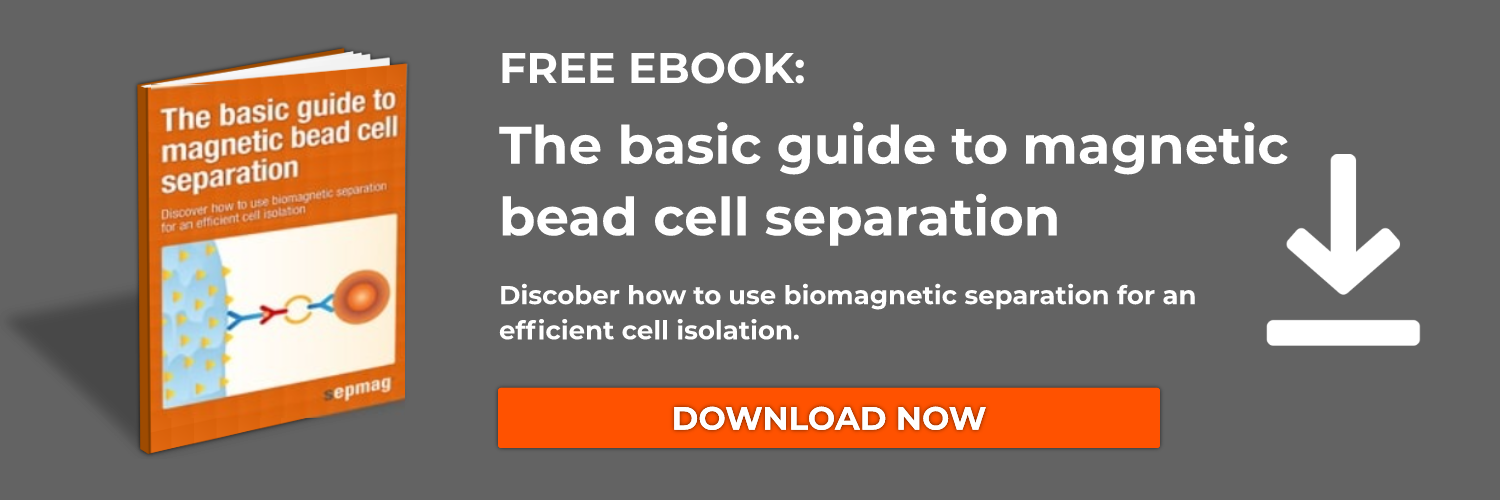Techniques and investigations that require cell isolation
Cell isolation is a technique that is done in research labs and clinical settings. Cell isolation can be done in research settings to isolate a single cell to do research on it. There is a technique called patch clamp electrophysiology which measures voltage across a cell membrane. There are several ways to do this technique, either by inserting the pipette right into the membrane, or by taking a piece of the membrane off into the pipette so that molecules are still flowing through the membrane and the pipette which is connected to a device that can measure current. Another reason to isolate cells is to use them to study the effects of a drug on cell health. One grows cells in a dish in an optimized media for growth and stability. Then a drug can be introduced into the dish and one can observe how the cell physiology changes. The molecules released from the cells can also be studied or the change in the processes or proteins in the cell can also be studied with further purification or extraction techniques.
Cell isolation using magnetic beads
Cell isolation can be done using magnetic beads. To understand how this is done we first need to discuss how different cells are labeled. There are many cells that are labeled by “CD” and then a number, such as “CD4” cells. The CD stands for cluster of differentiation and refers to the molecules on the surface of the cell, which can have different roles on the surface. Magnetic beads for cell isolation come pre-conjugated to the many types of cell differentiation clusters. You can buy magnetic beads to isolate CD4 or CD14 cells or many others. You can also buy magnetic beads to isolate cells from different organisms such as human or mouse. There are several companies that sell these kinds of magnetic beads now.
A simple cell isolation protocol with magnetic beads
First you allow magnetic beads to mix with a cell mixture which contains your cells you are interested in isolating. Next you put the container in a magnetic rack to hold the beads in place while bound to your cells of interest. You can now remove the liquid from the container and add a wash buffer to clean the contents of the container and remove unwanted material. Lastly you can add an elution buffer to elute the cells from the magnetic beads. There are two ways to do cell isolation with magnetic beads. The first cell isolation by magnetic beads is putting the beads through a magnetic column which holds the beads with a magnetic field. The second cell isolation protocol has you isolate cells by doing everything in solution in a container and a magnetic rack. Magnetic racks come in many sizes now, from 1mL to 20L, so you are not limited by this sizing. This protocol is simple and straightforward, which is important when isolating cells can be only the beginning of an experiment.
Related news
- Magnetic properties of nanoparticles
- Immunoprecipitation with magnetic beads
- A general filtration proce





